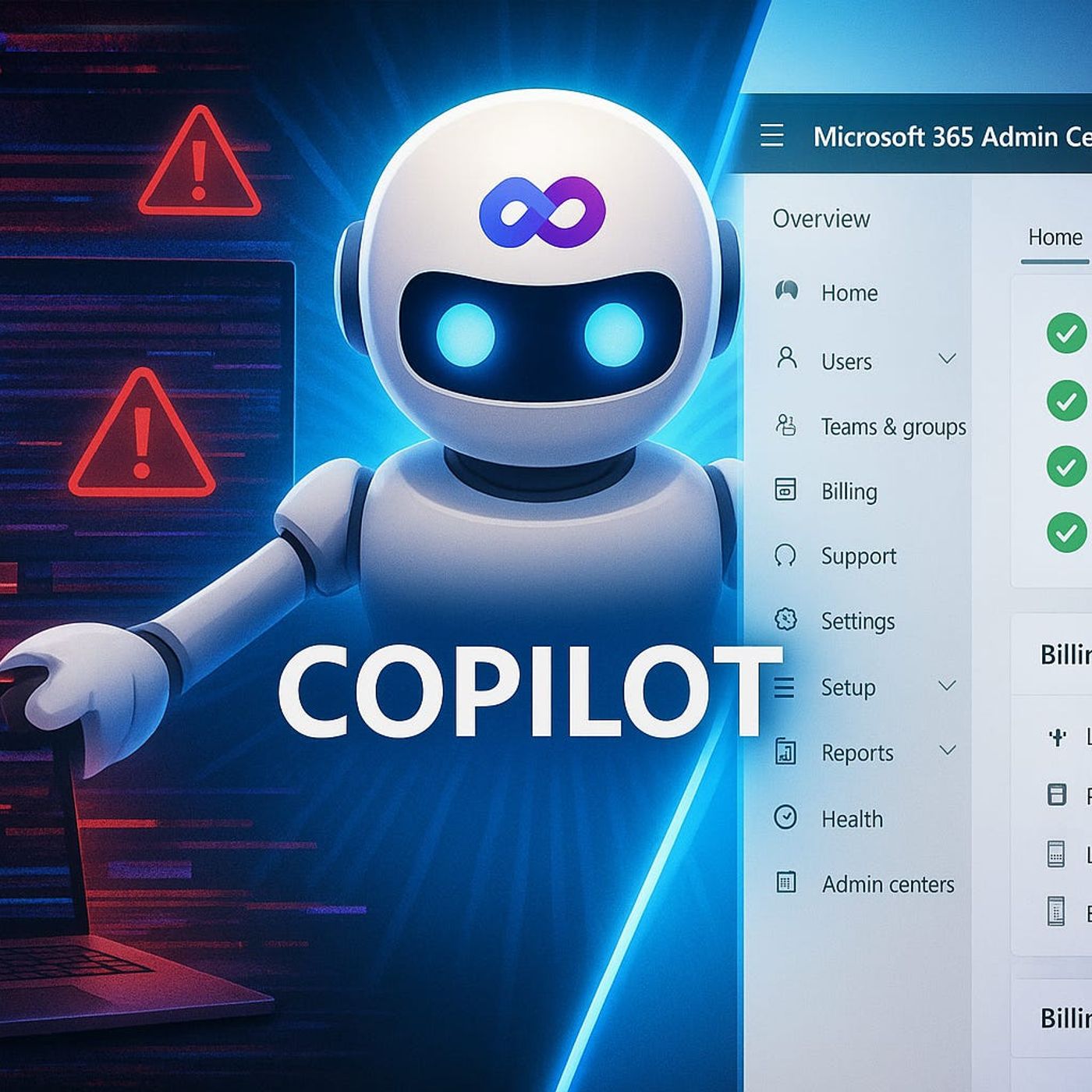Podcast Episode Details
Back to Podcast Episodes
Copilot Agents Without Chaos—How?
What happens if your AI agents start making decisions without you even noticing? In today’s session, we’re looking at why governance isn’t optional anymore—and how the Microsoft 365 Admin Center can give you that missing control panel. You’ll see the exact tools that help you keep your agents from going rogue while still empowering your teams to build what they need. If you’ve been wondering how to unlock the benefits of Copilot without losing oversight, you’re in the right place.Why AI Agents Scare So Many OrganizationsWhat makes a company hesitate when the benefits of AI agents seem so obvious on paper? Reduced manual work, faster decision-making, better use of data—on the surface it sounds like a win that should be easy to sign off. Yet when the conversation moves from the slide deck to the real deployment, you see leadership teams start pulling back. The hesitation doesn’t come from a lack of belief in the technology. It comes from fear of what might happen once hundreds or even thousands of small automations start running in the background without clear oversight. That tension between massive promise and equally massive uncertainty has kept many organizations stuck in pilot mode for much longer than they expected. The reality is that AI agents make people nervous because they don’t run like other tools. You can control when employees install a new productivity app or block software with endpoint management, but agents don’t sit neatly in those same boxes. They’re designed to act, sometimes quickly, sometimes across multiple systems. Once released, they can feel like they’re moving on their own. And for IT leaders trained to think in terms of control, standardization, and governance, the idea of invisible background processes shaping real information flows can feel like losing grip of the organization entirely. Plenty of examples show how this plays out. A research team launches a bot to pull and organize datasets. Someone else sees it working and copies it with minor tweaks. Within weeks, the company isn’t running one well-governed agent—it’s running twenty clones with small differences, no version control, and no clear owner. Now an analyst in Berlin is making decisions off a dataset slightly different from what a manager in New York is using, and finance is scratching its head because both versions end up feeding their reports. Multiply this by dozens of departments, each trying to speed themselves up, and suddenly the productivity boost has turned into a question of which number anyone can actually trust. We’ve also seen cases where automation crossed into territory that should never have been touched. One company had an internal script quietly moving customer information between systems to “streamline” onboarding, but no one reviewed whether the data transfers followed compliance standards. When the auditors arrived, the organization couldn’t produce a record of who wrote it, why it was running, or what rules it followed. That wasn’t a failure of AI’s capabilities. That was a failure of oversight. A technology designed to save time introduced the largest compliance headache the company had faced in years. It’s not hard to see why leaders react with caution. Introducing agents without boundaries is like handing every employee a drone and letting them fly it wherever they want. The first few may take off smoothly. But soon one crashes into a building, another disappears without anyone knowing where it went, and a third blocks an emergency helicopter from landing. Without a control tower, the very same technology that was supposed to add efficiency becomes a public hazard. The same principle applies in knowledge work. Automation itself isn’t the source of fear; the absence of control is. Surveys back up what you can already guess from these stories. Executives consistently point to compliance, security, and data leakage as their central worries about enterprise AI. It’s rarely about whether the technology delivers result
Published on 5 days, 17 hours ago